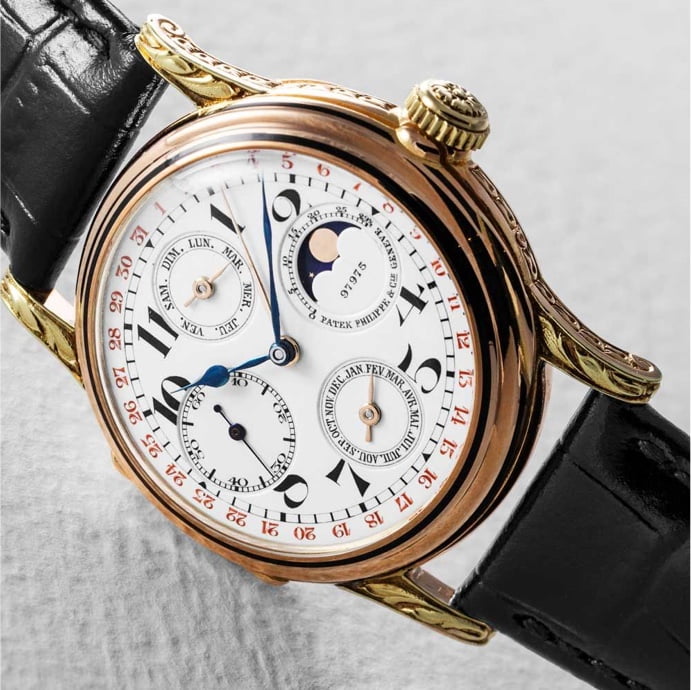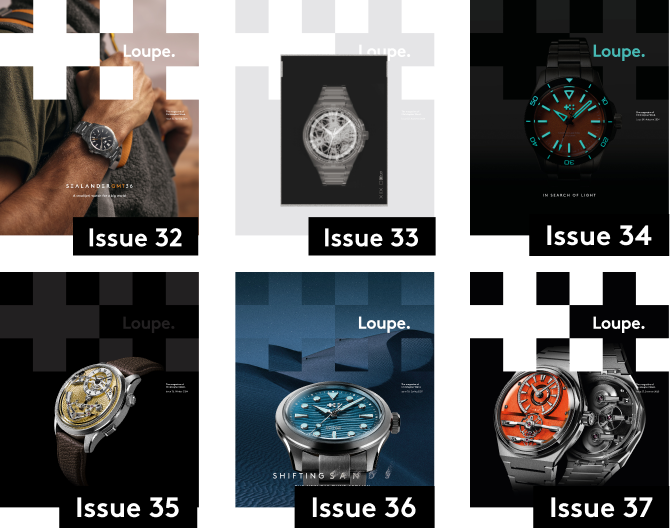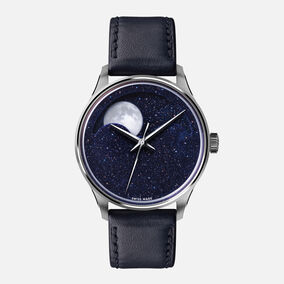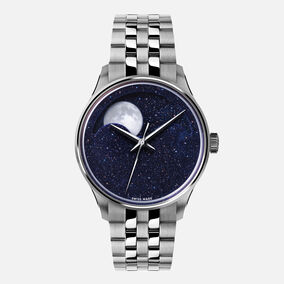From the ancient Greeks to contemporary watchmakers, monitoring the moon has long held a fascination for horologists
Even in our light-polluted skies, the appearance of the moon in the night sky reminds us of the hold our nearest celestial neighbour has on us.
The first object to chart and predict the phases of the moon was the Antikythera Mechanism – an ancient Greek astronomical ‘computer’ from the second century BC – which displayed the position of the moon, dates and even the timing for the Olympic Games. In the late-middle ages, complex astronomical clocks – which charted the movements of planetary bodies – were found throughout Europe.
In the 17th century, moonphase complications began to appear on grandfather clocks in England and Germany. The goal was simple: to show the exact phase of the moon as it appeared in the night sky.
By the following century, some advanced pocket watches contained moonphase functionality, but it wasn’t until the appearance of Patek Philippe’s first moonphase timepiece in 1925 [right] that the complication appeared on a wristwatch, with Rolex launching its own – Reference 8171 (nicknamed the palledone – ‘frying pan’) – in 1949.

The most common form of moonphase is the ‘bosom’ moonphase, in which two identical moons sit on a disc under the dial. The disc is controlled by a 59-tooth driving wheel, which advances one notch every 24 hours. When a lunar cycle (29.5-days) is complete, the second moon appears in the aperture – hence the total of 59 teeth (29.5 x 2).
However, thanks to the irregular lunar month: its length means that most moonphase watches will be off by 0.3 days per month, losing a whole day every two years and seven-and-a-half months. But, thanks to the ingenuity of Christopher Ward’s technical team (and the 135-tooth driving wheel on CW’s JJ04 modified movement), our moonphase watches are accurate for 128 years!
Today, while navigators and astronomers no longer rely on moonphase timepieces, there’s still a romance associated with the complication that makes them irresistible to watch-lovers, with esteemed brands charging between £15,000 and £60,000 for their versions.
However, prices can go much higher. In 2012, Christie’s sold Eric Clapton’s platinum Patek Philippe Reference 2499/100 for $3.63m, while a Patek Philippe Reference 1518 moonphase generated $11m at auction in 2015.
Proof once more that the moon’s hold over us remains as powerful – and expensive – as ever.
Related watches

Sign up to Loupe magazine
Loupe is Christopher Ward’s quarterly in-house magazine. If you want to know what’s happening at CW (and you love great journalism), this is where to start. Alternatively, you can read all our back issues on your computer, tablet or phone.
Order your free copyRead Loupe online



